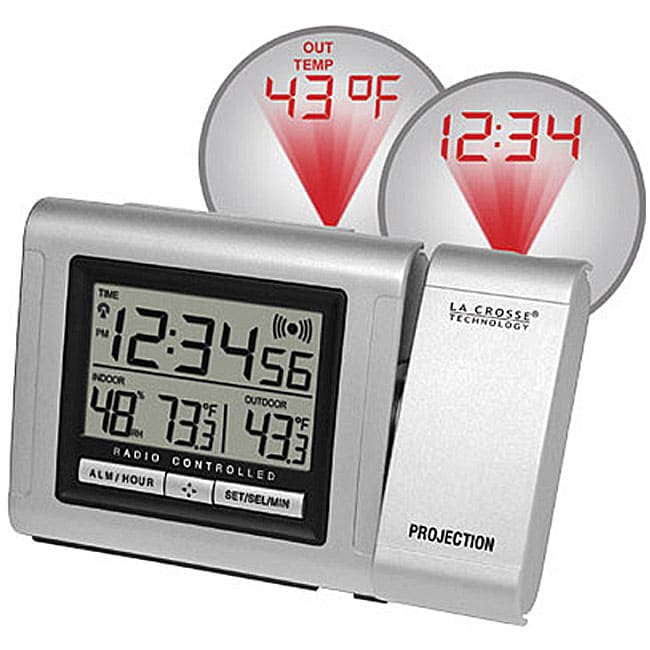

Meng is a stakeholder in South 8 Technologies, which has developed a “Liquefied Gas Electrolyte” chemistry for rechargeable and primary lithium batteries. Lots of scientists are trying to resolve this, and it will improve,” says battery expert Shirley Meng, Professor of NanoEngineering and Materials Science at the University of California San Diego. But do not consider this technology as a static tech. “Users do have to take precautions when the weather is extremely cold. It’s why we don’t leave our cell phones baking in the sun. It’s a fine line to walk.” Some Good NewsĮxtreme temperatures have never been good for batteries. “Tempering expectations also tempers excitement about transitioning to electric transportation. “How do we convey this to people, and not scare them away from EVs?” asks Less. My reaction is precisely what EV car companies, and anyone who believes in our electric-powered future, want to avoid. Needless to say, I’ve completely sworn off maple candy, flannel pajamas, and winter weekends in electric vehicles unless and until the self-proclaimed “ Technoking of Tesla” improves his batteries and there are as many Superchargers as there are gas stations in this electric land of plenty. After a year quarantining, do you want to give up your precious Saturday to charge a battery? I think not. (Tesla did not respond to requests for comment).īy day three, with no time to snowshoe, see a moose, or make maple pancakes, I had to drive a nerve wracking 40 miles with a supposed 96 miles of charge on the car, only to arrive at the Supercharger with just 20 miles to spare. “Actual results will vary for many reasons, including driving conditions and how you drive and maintain your vehicle.” Gee, was that written by a corporate lawyer? It might as well say: We bear no responsibility for anything that happens, ever - especially not mucking up your weekend road trip to Vermont.

Rather, the tiny print on the bottom right corner of the sticker reads: What we know for sure is that the words “weather,” “temperature” and “freezing” do not appear anywhere on the MODEL 3 Long Range AWD car sticker.
#Outside temp update
They’re going to tell you what your ‘maximum range” is fully charged (322 miles in the case of my 2020 Model 3), without calculating environmental conditions.įor the record, Tesla released a software update slated for April 12, 2021, with this note: “Minor Cold Weather Improvements and Bug Fixes.” It offers no details about what the improvements will be, which strikes freezing New Yorkers as very Palo Alto. If you follow the rules of getting the best gas mileage, the best you can get is 25 miles to the gallon, but nobody wants to hear that. Maybe you accelerate fast or let the car idle. Say your car sticker says you get 25 miles per gallon, but in reality, you’re getting maybe 10. “You can definitely engineer around temperature problems, but can you do that and still have the same mileage prediction you had when you left the garage? The answer is no.” You’re draining the battery to operate a heater,” adds Less. “You have to keep the battery warm, but the battery itself is where heat comes from. In a car battery, you don’t want to constrict the flow of ions in any way, which means you don’t want to be driving in freezing cold weather. Modern batteries have been optimized for the least amount of resistance possible, but that obviously doesn’t help us in a polar vortex. The automotive industry uses his facility to build batteries to scale and test new ideas for inclusion in electric vehicles. He’s the technical director at the UM Battery Lab in Ann Arbor, Michigan. The more the resistance goes up, the faster you lose power,” says Greg Less, Ph.D. So the ions move more slowly, which causes more resistance. As it gets colder, the liquid becomes thicker, now closer to freezing solid. “Ions are traveling inside of the battery between the positive and negative electrodes through a liquid electrolyte.

It all comes down to the basic function of a regular old every day battery, something we cell phone addicts take for granted. automakers combined)? And how can this happen in the United States, which federally funds some of the best early-stage battery research in the world? Really, how can this happen to a modern, microprocessor controlled, lithium-ion battery at all? Especially given that the entire auto industry is amid its biggest transformation in a century, investing billions in bids to overtake Tesla (NASDAQ: TSLA)? Why does cold weather damage performance this badly in a Tesla, the world’s electric-car leader with a market cap of more than $673 billion (more than all U.S.


 0 kommentar(er)
0 kommentar(er)
